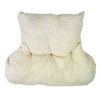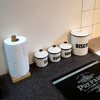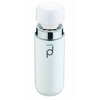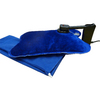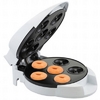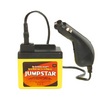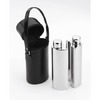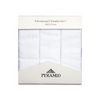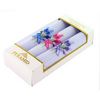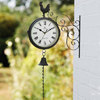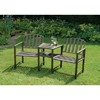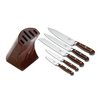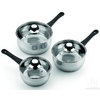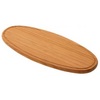Five Star Egyption Cotton
Renowned for its combination of softness and strength, Egyptian cotton is widely acclaimed as the best you can buy. Made from a particular species of cotton that was originally grown in the Nile Delta, having been introduced as a national cash crop by Muhammad Ali Pasha - the founder of modern Egypt.
Exceptional Quality & Strength
Egyptian cotton became popular with British textile mills when the American Civil War disrupted imports, introducing a whole new standard of comfort and softness. The secret lies in the plant’s fibre or staple, which is nearly twice as long and stronger than other cottons. This allows more continuous fibre to be used and results in a finer thread or yarn, which in turn means a lighter, more breathable fabric.
Naturally, this makes it a premium product and you should expect to pay a bit more for the luxury. The good news is that Egyptian cotton is now within most people’s reach.
What to Look For
Thread Count: For a long time, the quality of a fabric was judged largely by the Thread Count i.e. the number of threads (horizontal and vertical/warp and weft) used in a square inch. Quite simply, the more there were, the higher the quality of the material.
Standard cotton has a Thread Count of around 150 and material with a count of anything over 200 is generally known as Percale whilst Egyptian cotton typically has a count usually between 180 and 1,000. The guiding principle is to be aware of what you are buying and don’t be blinded by numbers.
But, whilst Thread Count is important, it’s not the only thing that should be taken into consideration.
Pure Egyptian: Don’t be fooled by a label that just says Egyptian cotton. Unless it says 100% it could be blended with other cottons to cut costs. If it’s labeled Egyptian Cotton Rich, make sure it tells you how much of the mix is actually Egyptian cotton - the higher the percentage the better.
Start with the finish: A lot will also depend on how the cotton has been finished. Look for combed cotton as this means it has been taken to the next level before weaving to create a smoother, finer yarn that is not only softer but longer lasting. Finishing also helps to preserve the cellulose core of the cotton, maintaining its brightness and strength. It also keeps it wrinkle-free and makes it easier to care for.
Soft touch: The ultimate test is how soft the material feels - also known as its ’hand’. The rule here is that the finer the cotton is to start with, the finer the quality of the fabric will be and the softer it will feel.
Weave: The style of weave will also affect how soft the bed linen feels against your skin. Sateen uses four warp threads to every weft thread to create a silk like finish and natural sheen. Jacquard combines threads on a special loom to create a matt/sheen self pattern (stripes, checks or floral). Pinpoint uses two warp threads to every weft for a stronger fabric, whilst the classic one-on-one linen weave results in a crisper finish. It’s all a matter of personal taste.


